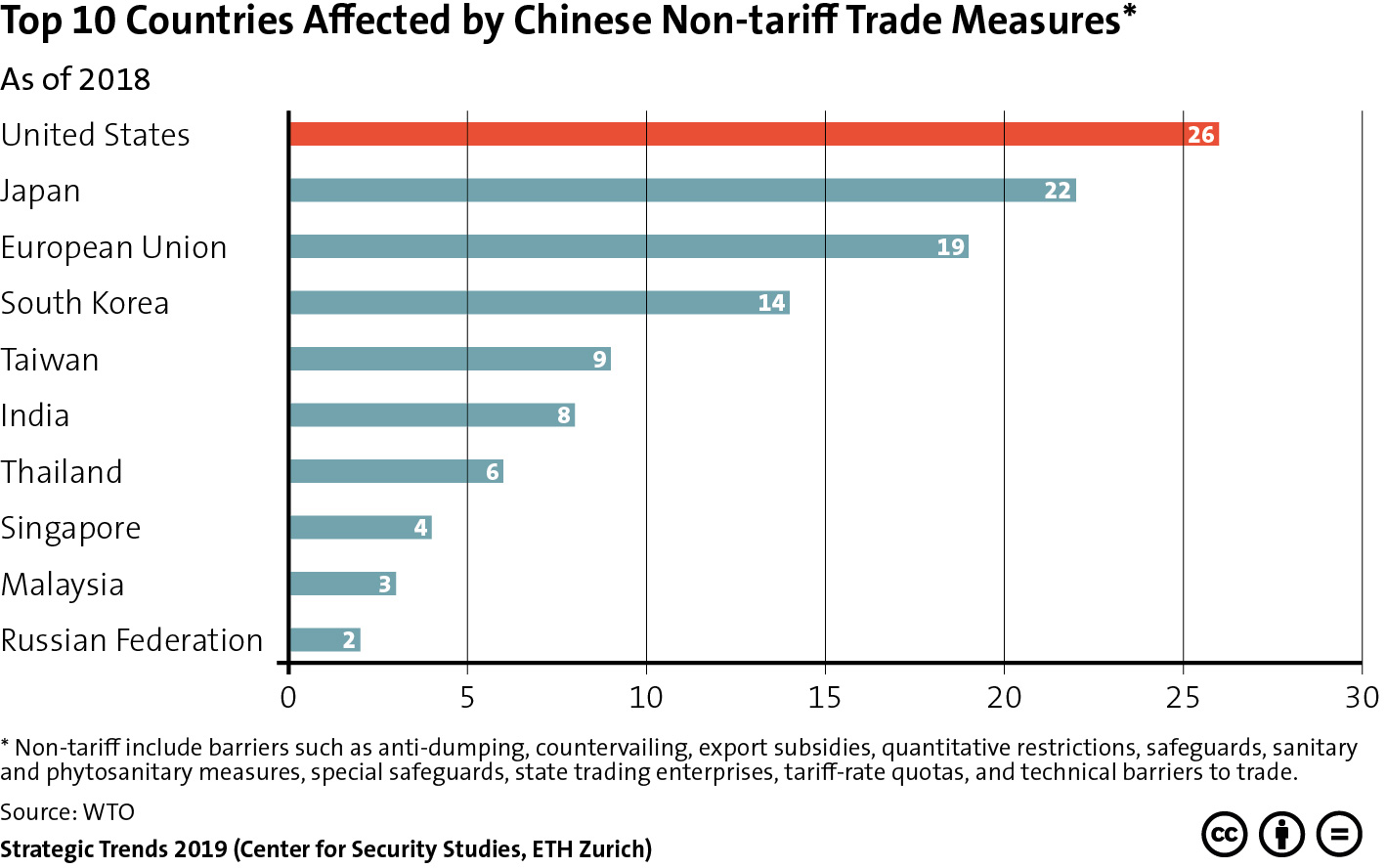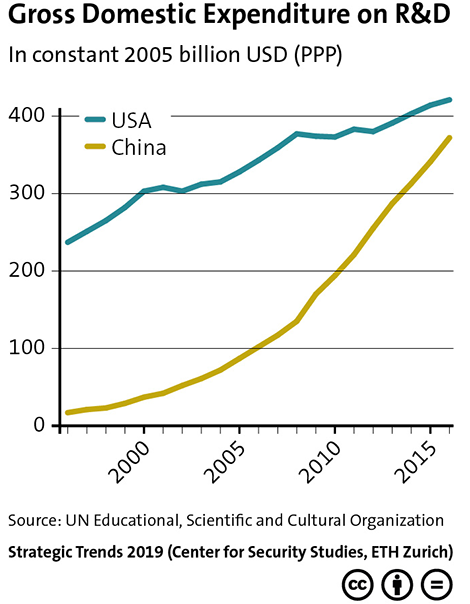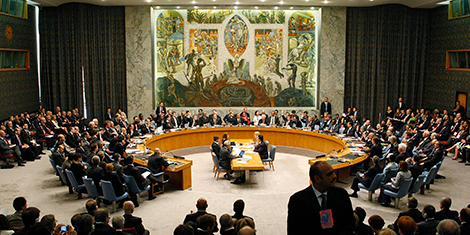
This article was originally published by War on the Rocks on 4 June 2019.
Has global strategic competition become a race for dominance in artificial intelligence (AI) between the United States and China? Versions of this claim have become something of an axiom, offered by officialdom and the analytical community alike. That AI will be the primary axis of future strategic competition is contestable, however. Moreover, the notion of an AI race in and of itself will generate policy risk. Making policy based on those assumptions could lead to narrowing options, not only in the realm of competition between states but regarding human affairs in general.







